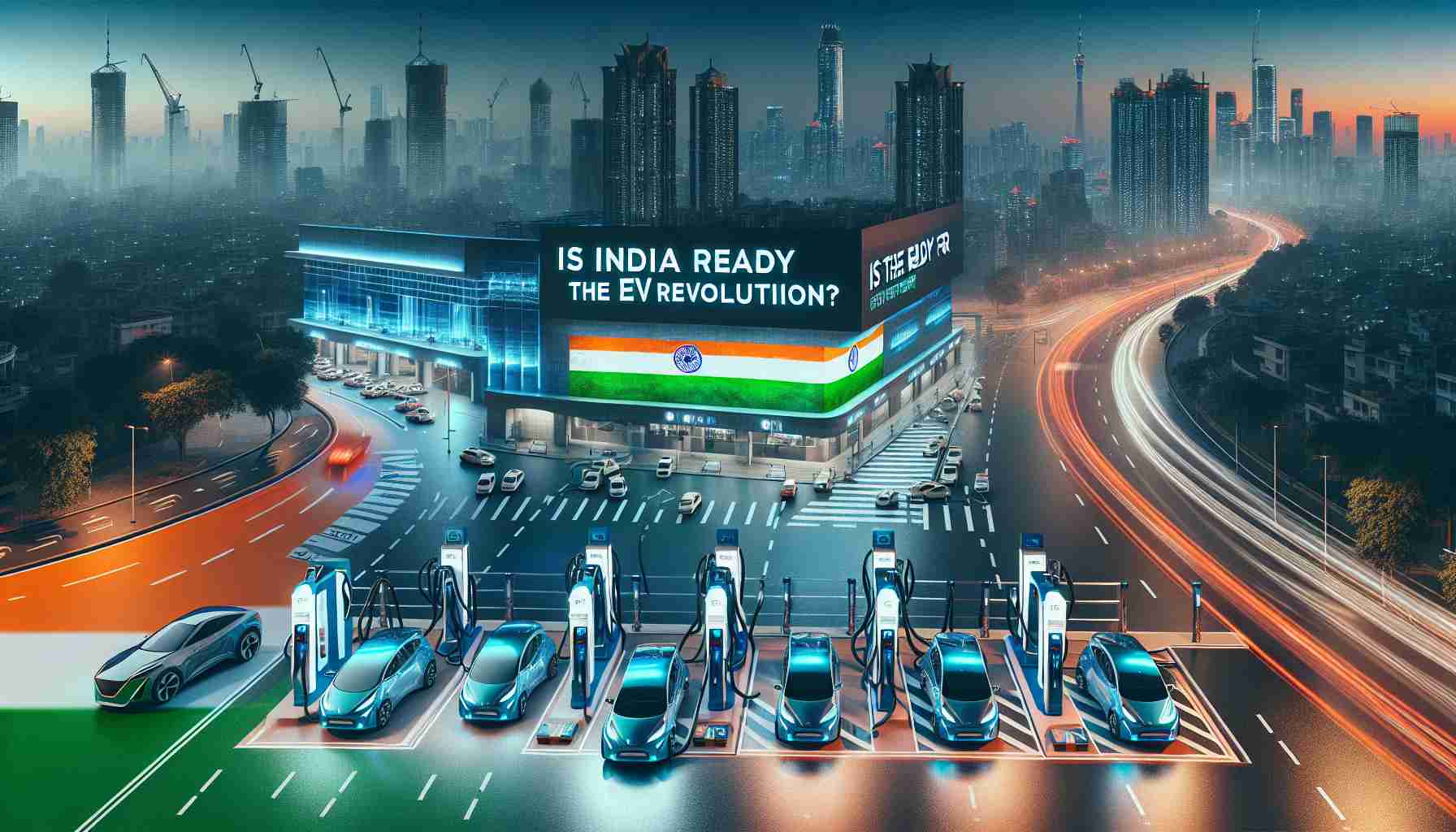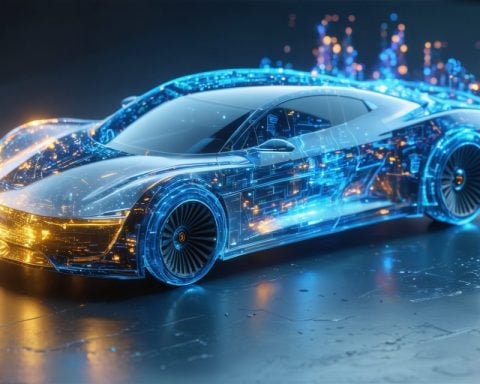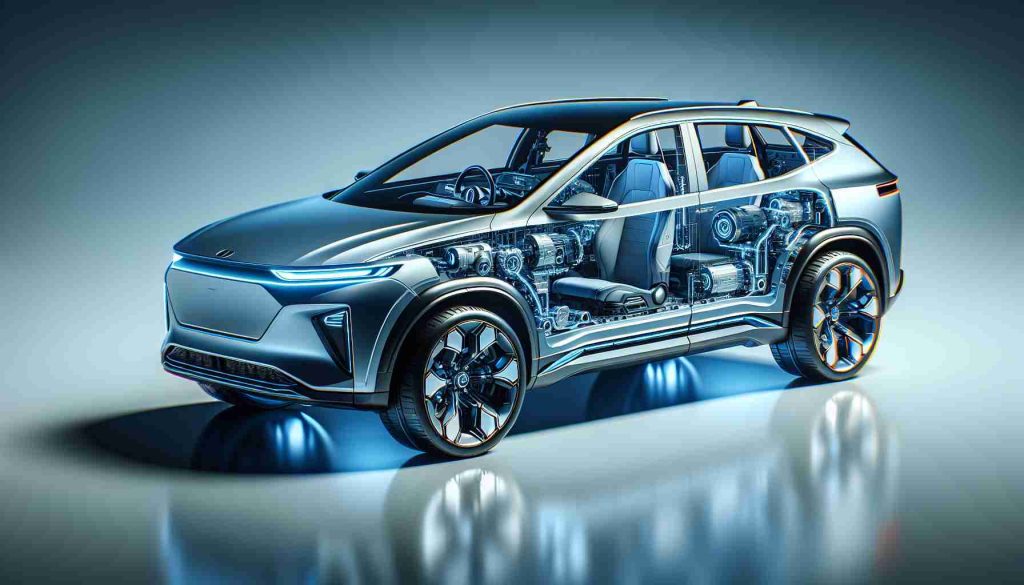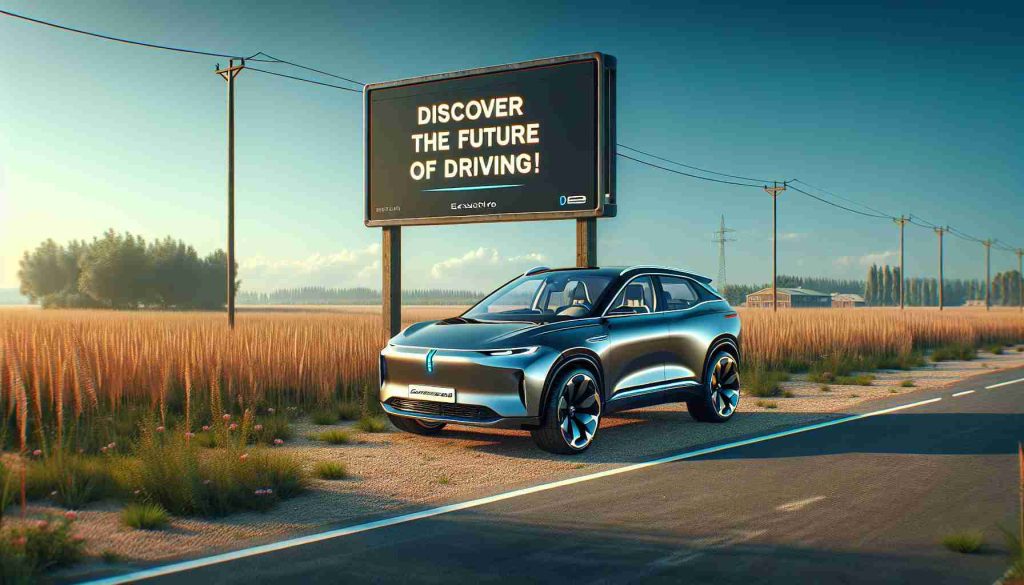The Indian automotive scene is on the brink of a major shake-up. A recent report by Axis Capital predicts a surge in electric vehicle (EV) adoption over the next three years, driven by an influx of innovative models and improving charging infrastructure.
According to the report, the upcoming years will see a significant increase in EV offerings that appeal to a wider range of consumers. The Auto Expo 2025 served as a showcase for this shift, with prominent automotive companies unveiling their newest electric models, while traditional internal combustion engine (ICE) vehicles took a backseat.
Notable highlights included Maruti Suzuki’s e-Vitara, a mid-sized SUV that promises to deliver up to 500 kilometers on a single charge, placing it in competition with the Tata Curvv EV and the Hyundai Creta EV. The event also featured Tata Motors unveiling both the Harrier EV, anticipated soon, and the Sierra EV, which is expected to significantly enhance Tata’s market presence.
Hyundai also made waves by introducing the Creta EV, equipped with advanced driving assistance systems and fast-charging features. Global brands like BYD and MG presented ambitious future models, underscoring a growing international interest in India’s EV market.
With these advancements, India stands at a pivotal moment, as electric vehicles begin to gain traction and reshape the automotive landscape.
Transforming Mobility: The Broader Ramifications of India’s EV Revolution
The transition towards electric vehicles (EVs) in India signifies more than just a shift in consumer preference; it has profound implications for society, culture, and the global economy. As more citizens embrace EVs, there will be a notable increase in jobs within the manufacturing and maintenance sectors, fostering a new economy centered around clean energy. Moreover, the adoption of cleaner technologies could herald a cultural shift towards sustainability, encouraging environmentally conscious practices across various aspects of life.
The potential environmental impacts are significant, especially in a country grappling with air pollution. A surge in EV adoption can dramatically reduce emissions in urban areas, thus improving public health outcomes. According to recent studies, the adoption of EVs could reduce greenhouse gas emissions by 30% by 2035, contributing to global efforts against climate change.
Looking ahead, future trends in mobility will likely also incorporate advancements in autonomous driving and smart city infrastructure, allowing for seamless integration of EVs into public transportation systems. As India aims for a target of 30% electric mobility by 2030, achieving this milestone could redefine how urban centers function, influencing everything from traffic patterns to energy consumption.
In essence, India’s shift towards electric mobility holds long-term significance that could pave the way for a new era of transportation, with repercussions that extend far beyond its borders, potentially influencing global manufacturing practices and environmental standards.
India’s EV Revolution: What to Expect in the Next Three Years
The Indian automotive industry is on the cusp of a groundbreaking transformation, with projections indicating a significant rise in electric vehicle (EV) adoption over the next three years. This shift is largely attributed to a wave of innovative vehicle models and the enhancement of charging infrastructure throughout the country, as highlighted in a recent report by Axis Capital.
Innovations Driving EV Adoption
The upcoming years promise a diverse array of EV offerings aimed at attracting a broader spectrum of consumers. The Auto Expo 2025 served as a pivotal platform for this transition, featuring major automotive manufacturers unveiling their latest electric models. This demonstrates a strategic shift, where traditional internal combustion engine (ICE) vehicles are increasingly sidelined.
Key Innovations from Auto Expo 2025 include:
– Maruti Suzuki e-Vitara: This mid-sized SUV boasts an impressive range of up to 500 kilometers on a single charge, positioning it as a strong competitor against other emerging EVs such as the Tata Curvv EV and Hyundai Creta EV.
– Tata Motors: Unveiled its Harrier EV and Sierra EV, both poised to enhance Tata’s market share significantly. The Harrier EV’s spaciousness combined with the Sierra EV’s rugged capabilities cater to diverse customer needs.
– Hyundai Creta EV: Featuring advanced driving assistance systems and rapid charging capabilities, this model signals Hyundai’s commitment to innovation in the EV sector.
Market Trends and Insights
The Indian EV market is witnessing increased interest from global brands such as BYD and MG, which are exploring collaborations and model launches tailored specifically for Indian consumers. The ambition displayed by these manufacturers indicates a robust international investment in India’s burgeoning EV landscape.
As EV adoption ramps up, several factors will play a crucial role:
– Infrastructure Development: Enhanced charging stations across urban and rural areas are essential for consumer confidence in switching to electric models.
– Government Initiatives: Policies aimed at supporting EV adoption, including subsidies, tax incentives, and investment in charging infrastructure, are critical for long-term growth.
Pros and Cons of Switching to Electric Vehicles
Pros:
– Environmental Impact: Reduced carbon emissions compared to traditional vehicles.
– Cost-Efficiency: Lower operational costs due to reduced fuel expenses and maintenance.
– Technological Advancements: Features such as regenerative braking, advanced navigation, and connectivity options.
Cons:
– Range Anxiety: Concerns about the adequacy of charging infrastructure and vehicle range.
– High Initial Costs: Although pricing is becoming competitive, the initial purchase price of EVs can still be a barrier for many consumers.
– Charging Time: Longer refueling times compared to gasoline or diesel vehicles.
Future Predictions for India’s EV Market
Analysts predict that by 2025, electric vehicles could constitute a substantial percentage of all vehicle sales in India. This major shift is likely to be fueled by consumer demand for sustainable transportation options, coupled with a broader global emphasis on reducing fossil fuel dependency.
With a focus on innovation and sustainability, India’s automotive landscape is set for a significant transformation, leading the charge towards a greener future. For more detailed insights on the future of India’s automotive industry, visit Axis Bank.
Conclusion
In summary, India stands at a pivotal crossroads as it embraces electric mobility. The combination of innovative models, strategic infrastructure development, and government support makes for an exciting future in the automotive sector. As consumers increasingly gravitate towards electric vehicles, manufacturers are poised to respond with a plethora of options that cater to the evolving needs of the market.

















